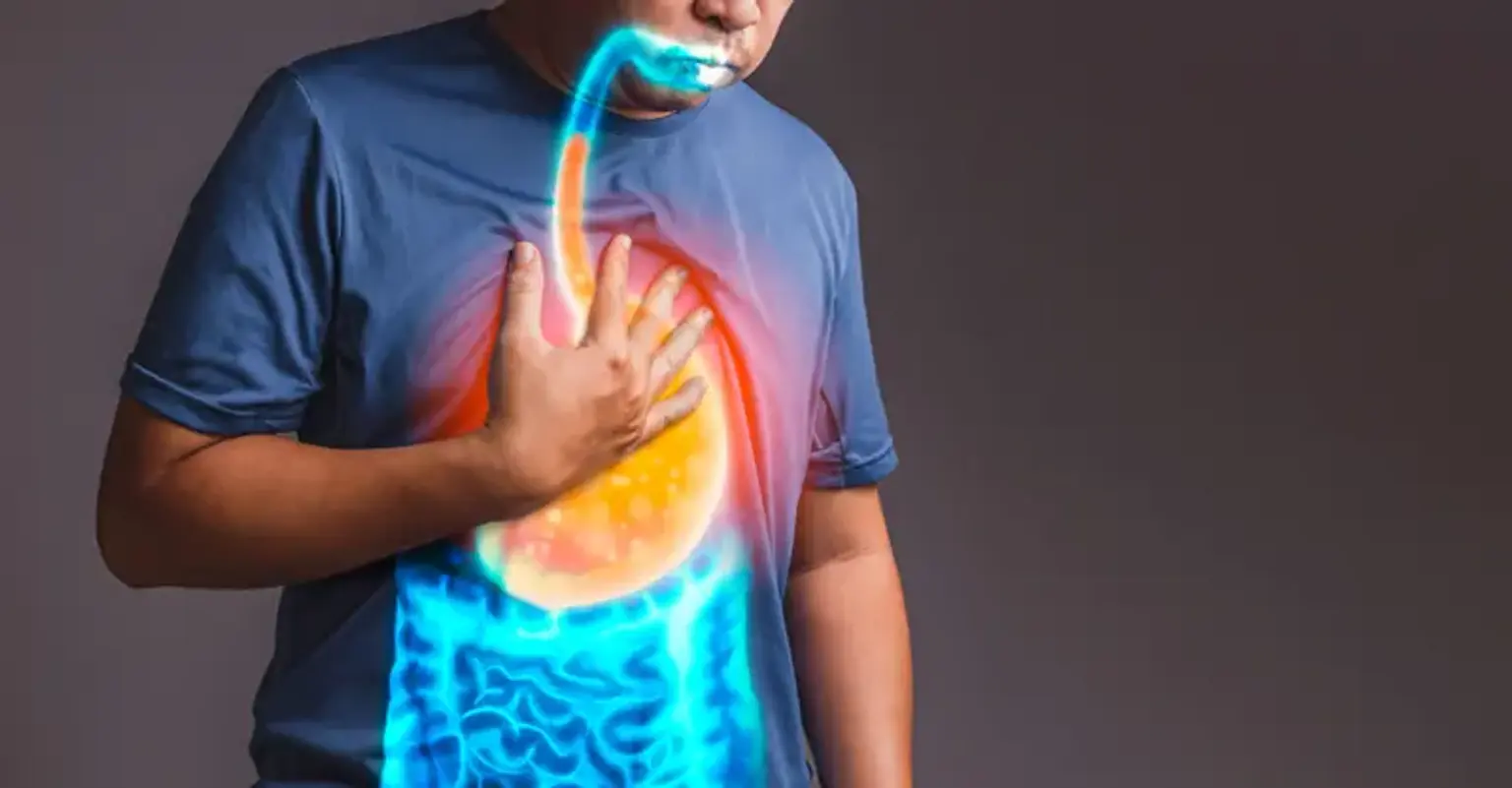Gastroesophageal reflux disease
What is gastroesophageal reflux disease?
Gastroesophageal reflux disease (GERD), also known as chronic acid reflux, is a disorder in which the esophagus, the tube that connects your throat to your stomach, frequently becomes exposed to acid-containing stomach contents. Acid reflux occurs when a valve at the end of your esophagus, known as the lower esophageal sphincter, fails to seal correctly as food enters your stomach. Acid backwash then runs up your esophagus and into your throat and mouth, leaving you with a sour taste.
Nearly everyone experiences acid reflux at some point in their lives. It's completely natural to experience heartburn and acid reflux occasionally. However, if you experience acid reflux or heartburn more than twice per week over a period of several weeks and are constantly taking antacids and heartburn meds yet still experience symptoms, you may have GERD. Your healthcare provider needs to handle your GERD. Not only to get rid of your symptoms, but also because GERD might trigger more severe issues.
